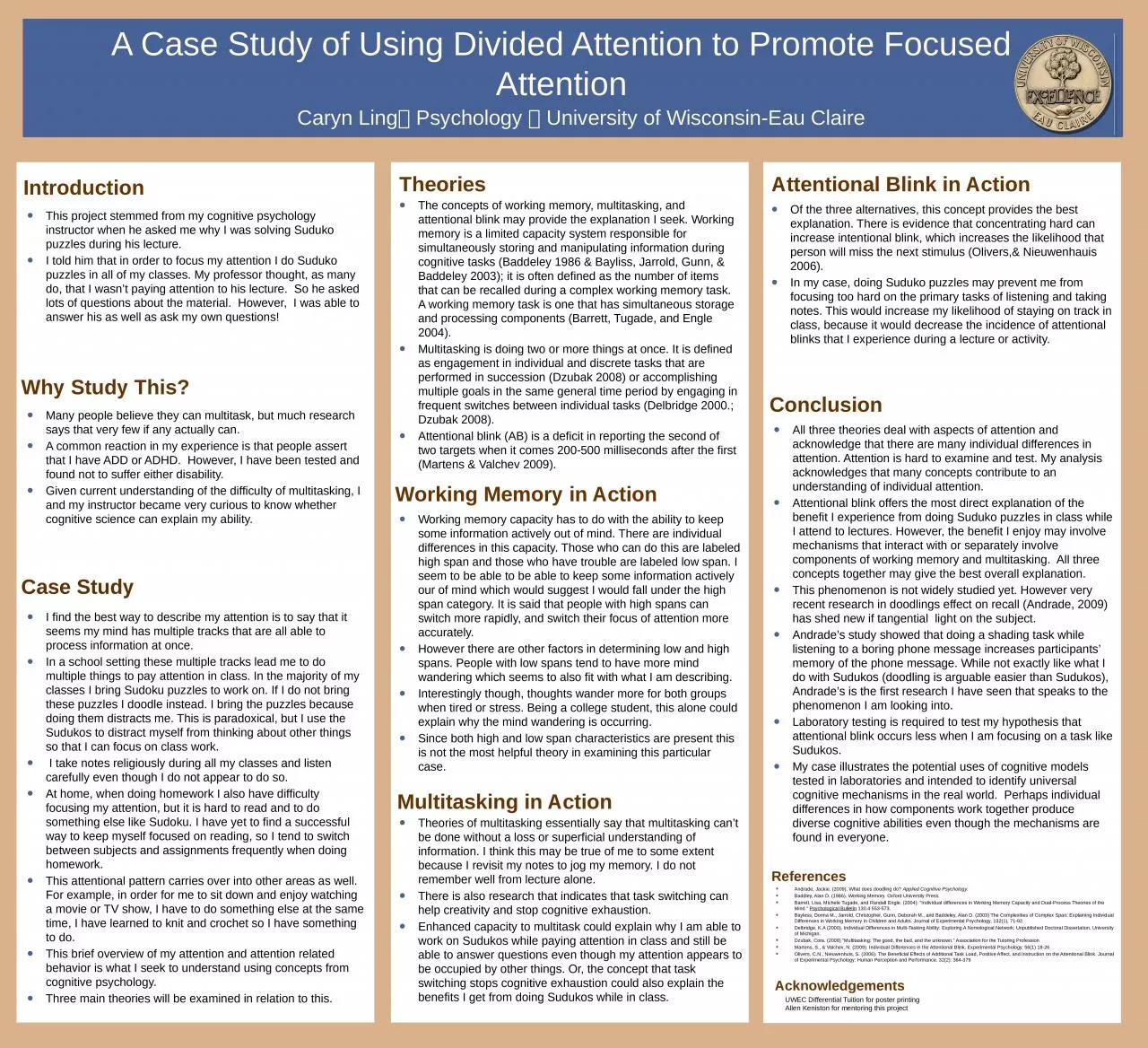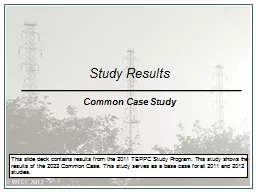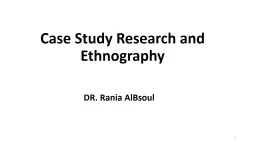PPT-Why Study This? Case Study
Author : phoebe | Published Date : 2023-09-01
Caryn Ling Psychology University of WisconsinEau Claire This project stemmed from my cognitive psychology instructor when he asked me why I was solving Suduko
Presentation Embed Code
Download Presentation
Download Presentation The PPT/PDF document "Why Study This? Case Study" is the property of its rightful owner. Permission is granted to download and print the materials on this website for personal, non-commercial use only, and to display it on your personal computer provided you do not modify the materials and that you retain all copyright notices contained in the materials. By downloading content from our website, you accept the terms of this agreement.
Why Study This? Case Study: Transcript
Download Rules Of Document
"Why Study This? Case Study"The content belongs to its owner. You may download and print it for personal use, without modification, and keep all copyright notices. By downloading, you agree to these terms.
Related Documents














![[BOOK]-Status: Why Is It Everywhere? Why Does It Matter?: Why Is It Everywhere? Why Does](https://thumbs.docslides.com/956296/book-status-why-is-it-everywhere-why-does-it-matter-why-is-it-everywhere-why-does-it-matter.jpg)